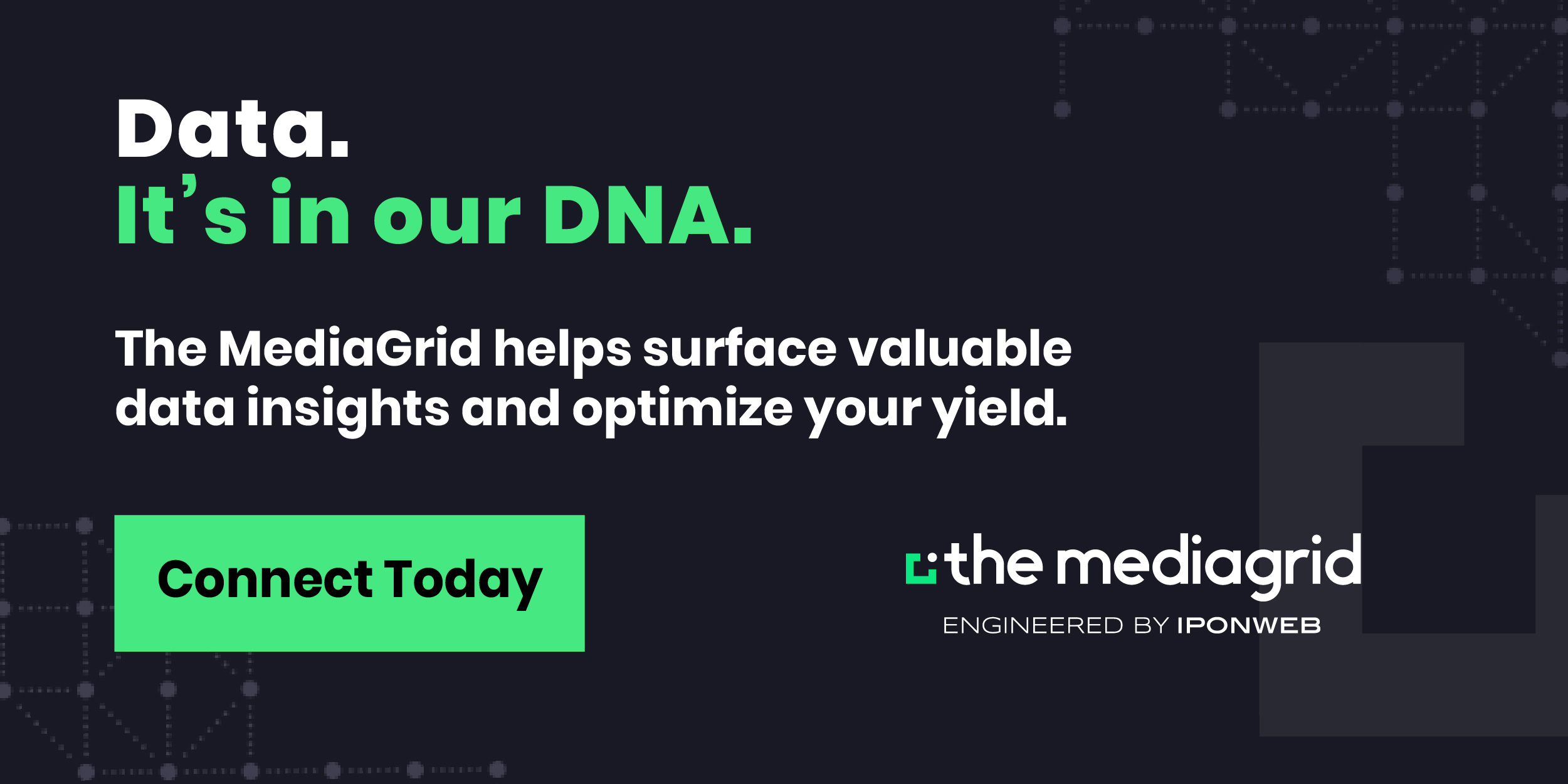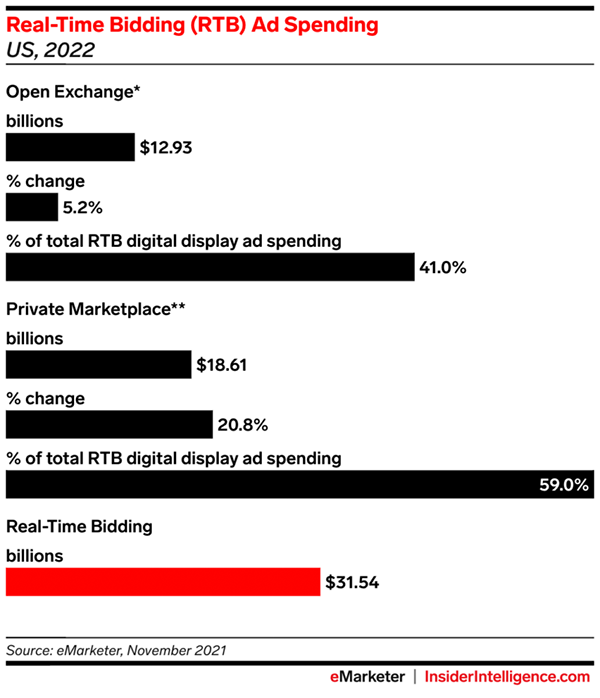 |
|||||||||||||||
|
|||||||||||||||
| Ban on Surveillance Advertising: Will Pubs Take a W or L? |
| Last Tuesday, Democrat lawmakers introduced a new bill to ban surveillance-based advertising. The Banning Surveillance Advertising Act sponsored by Reps Anna Eshoo (California), Jan Schakowsky (Illinois) and Sen. Cory Booker (New Jersey) is as literal as its title — the legislation would prohibit ad facilitators (e.g. - Meta, Google DoubleClick, data brokers) from targeting ads based on user segmentation like devices, contact information, unique identifiers and browsing history; protected class attributes such as race, gender, religion; as well as any purchase information. The only exceptions to the rule would be broad location-based targeting (e.g. - city municipality or state), first-party data, and contextual advertising. If passed and enacted, the new law would be enforced by the Federal Trade Commission and state attorneys. It also would allow individual users to sue platforms, granting up to $5,000 per violation. |
| While this bill is currently only strong threatening language, there's been consistent debate about surveillance advertising over the years. Plus, it’s being pushed at a time when privacy slaps on the wrist are becoming more frequent and heavy-handed. Aside from the revenue implications for Google, Meta, and other data brokers, the bill would also affect publishers’ current state of business — for better or worse. If passed and enacted by U.S. Congress, it could definitely impact programmatic yield. Many publishers hedge all bets on programmatic but that system is significantly weakened if user preferences, location, and other private information collected and stored by these tech giants are diminished. The other side is publisher direct sales could balloon as the importance of traditional targeting becomes a thing again. The tunnel vision on qualitative content reverts back to quantitative as publishers would need to focus more on relevant content vs. topics that are only meant to scale. (Did somebody say Topics? #IYKYK) This reopens the doors to “old school” advertising tactics, especially for more localized publications that rely on the niche nature of their audience offerings. Either way, we still have an all-or-nothing approach. Maybe we should ask our audiences what they think. It's definitely not a one size fits all problem and the best solution is probably a healthy compromise, which isn't seeming likely at the current moment. As we watch closely as this unfolds, one critical piece that’s becoming as powerful as an infinity stone for publishers is access to first-party data, like yesterday. |
 |
| Unlocking True Inventory Value Through Data | ||
| Data and identity are two of the main buzzwords of 2021 (and probably 2022). With the imminent deprecation of the third-party cookie and other privacy-focused changes, 1st-party data is quickly becoming the industry’s primary currency. And with access to permissioned, authenticated first-party audiences, publishers are perfectly poised to take advantage of this shift — and that’s something advertisers are willing to pay for. In fact, research shows that over 63% of advertisers would be willing to pay up to 10% more for identity-enriched inventory. Moreover, according to the IAB Europe Attitudes to Programmatic Advertising 2021 Report, publisher sentiment for making better use of data is at an all-time high, with 62% recognizing this as a primary driver of programmatic investment in 2021. |
||
| The industry-wide context of evolving identity challenges, the crumbling cookie, and the search for scale will only encourage more publishers to revisit their data strategy. By leveraging tools to enrich their inventory with unique first-party data assets, publishers can supercharge their data strategies to boost their CPMs and get closer to advertisers to form long-lasting relationships. And as agency buyers look to create value for their clients, the ability to activate unique publisher data will become a powerful tool — provided they have the infrastructure to make it happen. The MediaGrid is a next-generation SSP developed by IPONWEB, built from the ground up to give publishers more tools to understand the true value of their data and ways to activate it securely to satisfy advertiser buying goals and maximize audience yield. By connecting to The MediaGrid, publishers can extend the value of their data to third-party supply and unlock new revenue streams – without giving up control of their proprietary assets. |
||
|
||
| Is Malvertising Making Advertisers Say Bye Bye Bye to the Open Exchange? |

Image sourced from emarketer
|
| According to a report from eMarketer, ~90% of digital display spending was conducted programmatically in 2021. Surprising? Nah. But, the shift in private marketplace activity versus the open exchange kinda is. In 2021, private marketplace spend grew by 48% accounting for over $18 billion versus ~$13 billion spent in the open marketplace. This trend continues into 2022 as the private marketplace spend is predicted to increase another 21% representing 59% of all RTB spending. The open marketplace however is only expected to increase ~5% this year, representing 41% of all RTB. An industry insider pointed out an interesting correlation to us. Could there be a connection between the increase in malvertising across the open exchange and advertisers pouring more moolah into private marketplaces? (And, are publishers really seeing this much of a pivot in ad spend? Inquiring minds want to know.) |
| Malvertisers are pulling out all manner of sophisticated tactics to remain an unavoidable nuisance to publishers and advertisers alike. While the presence of malware typically dwindles in Q4, in 2021, it became significantly worse compared to the same time frame in 2020 and previous years. According to TMT's Digital Security & Operations team, the number of average monthly malware incidents declined after Q3 2021 but it was still 64% higher than the already high rate in Q4 2020. From redirects and clickbait to false antivirus updates and scams, malvertisers offered us a peek at what the advertising ecosystem could potentially expect this year. Between the rise of malvertising and third-party cookies collapsing, premium advertisers could be setting their sights on first-party data opportunities which will be more accessible via PMP deals. If spending continues to move towards private marketplaces, that won't necessarily mean doomsday for the open exchange. But it could become a bad actor minefield that some advertisers won't be willing to travel through as often. As publishers continue the tug of war battle for ad quality, do you think malware will push more dollars into PMP? |
| Insider Says Email Isn't The Only Way Out |
| While many publishers are still revving up their first-party data engines, Insider was already testing and proving that their model was ready for the ride. Saga, Insider’s data platform, officially launched in February 2020, and they’ve been testing it with clients ever since then. Through education and implementation, Insider used Saga data to bring in over 140 ad campaigns in 2021. “The advertisers that bought ads from Insider using Saga had a renewal rate of 48%, and the amount of money those advertisers spent on average tripled," according to a company spokesperson. "On the whole, the amount of revenue Insider generated on campaigns using Saga rose 175%, from a not insignificant base.” |
| As the use of the third-party cookie nears obsoletion, there's been a call for publishers to double down on email-based identity. But Insider decided to deprioritize this effort and instead partner with Permutive to locally store reader data without the use of cookies. In our recent Revenue Strategy Sessions with OpenX, Jana Meron, SVP of Programmatic and Data Strategy talked about Insider's approach. “One thing I noticed in the industry is most think of first-party data as the authenticated user but we [Insider] actually think of it as all the actions and behaviors that our users represent on the site and that’s how we’re coming at it.” While first-party data may have trouble getting the scale that third-party data offers advertisers, first-party will help you demonstrate what makes your publication unique in an increasingly crowded publisher marketplace. This is an overlooked benefit—context matters again. With a massive reach of 99 million unique U.S. users and Saga's robust capabilities, Insider has an ideal setup when we talk about surviving the cookiepocalypse. But what about smaller pubs? Not everyone can pull a rabbit out of their hats like The New York Times, The Washington Post or Insider has been able to. The truth is, pubs are going to have to get creative about selling audience vs product. And it's going to take educating sales to sell differently and buyers to understand the value of reaching a known audience (or their behaviors) vs an audience of unknowns. |
 |
||||||||
|
||||||||
 |
||||||||
|
||||||||
 |
||||||||
|








